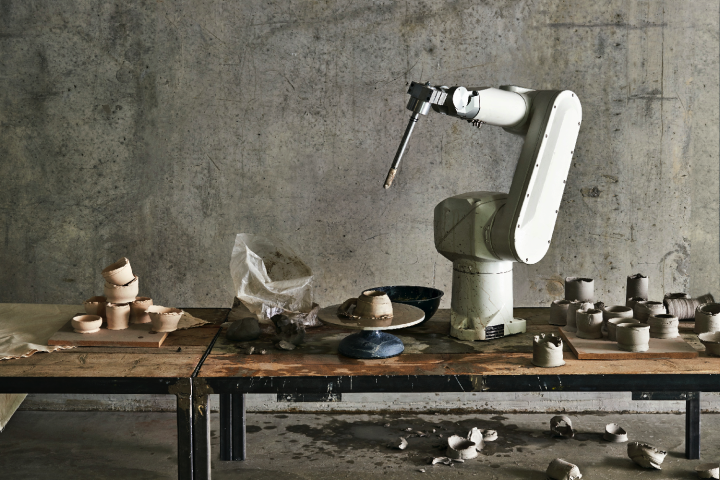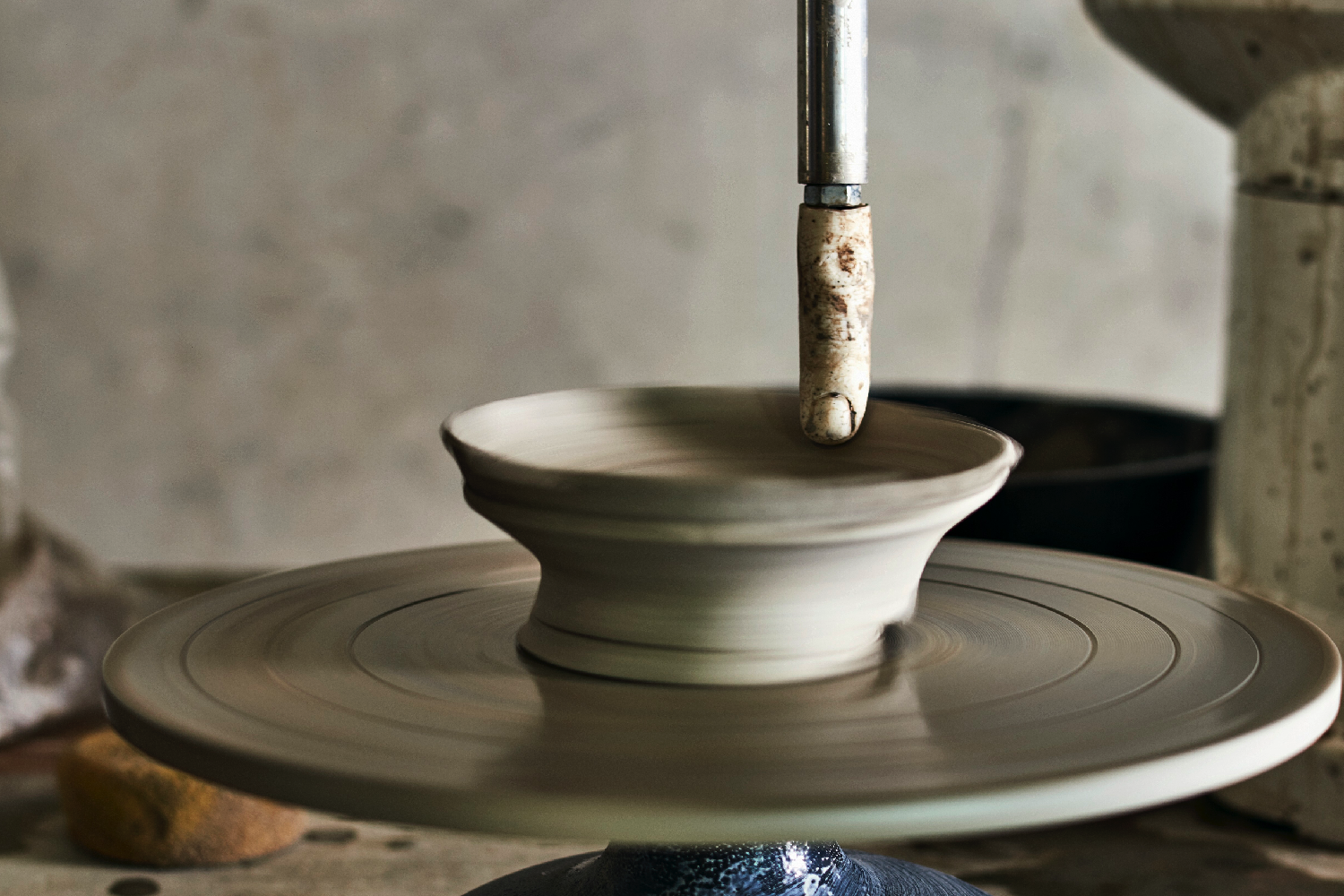AI: The Crystal Ball for Creativity
- Kristin Fiorvanti

- Mar 28, 2023
- 2 min read
In today's fast-paced world, the rapidly growing popularity of machine learning and automation is reaching unprecedented heights. The realm of art has not remained untouched by this phenomenon, causing several people to fret over technology slowly taking over human creativity. However, in reality, it is far more intricate than that - sometimes bordering on being outright bizarre!

Let's start by talking about the concept of machine learning. This modern innovation has the ability to analyze vast amounts of data, identify patterns and make predictions based on that information. In the art world, this means that algorithms can analyze an artist's past work and predict what they might create next --akin to a clairvoyant for creativity and inventiveness!
But it's not just predicting what artists will do next - machine learning is also getting involved in the actual creation process. For example, Google's Magenta project uses machine learning to create new pieces of music. The project has even produced an album of entirely machine-generated songs. The following video shows just how useful this software can be, automating and speeding up the process of music making.
Let's not forget dismiss automation. Even some traditionally "hands-on" art forms like pottery are now being automated, with machines able to create perfect copies of a ceramicist's work. From robots painting murals to machines creating intricate sculptures, automation is mechanizing labor, but also changing the way we think about art.
But here's the kicker: artists are still finding ways to embrace these technologies and use them to create elevate their work. One example is artist, Refik Anadol. Anadol is a Turkish-born media artist and director based in Los Angeles who uses the technology to create brilliant pieces of vibrating color that respond to his environment in nuanced ways. His larger-than-life installations use data from various sources, such as cityscapes, natural phenomena, and even brainwaves, to generate immersive audiovisual experiences.
One of Anadol's most well-known works is "WDCH Dreams," which was commissioned by the LA Philharmonic Orchestra. The installation used machine learning algorithms to analyze the orchestra's archive of audio and video recordings, as well as real-time data from microphones and cameras placed throughout the concert hall. The algorithms then generated a dynamic, constantly evolving audiovisual composition that was projected onto the walls of the hall.
In some cases like Anadol's, automation pushes the boundary of human possibility. Of course, there are many concerns about what this all means for the future of art. Will machines eventually replace human creativity altogether? Or will they simply become another tool in the artist's toolbox? Only time will tell, but one thing is for sure: the intersection of art and technology is only going to get more fascinating from here on out.






Comments